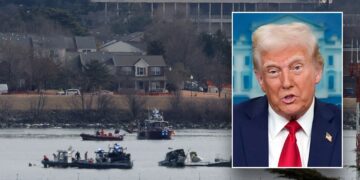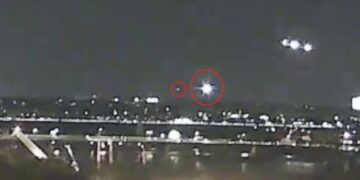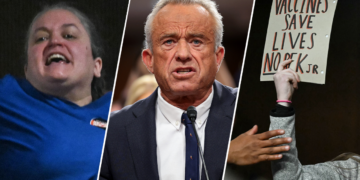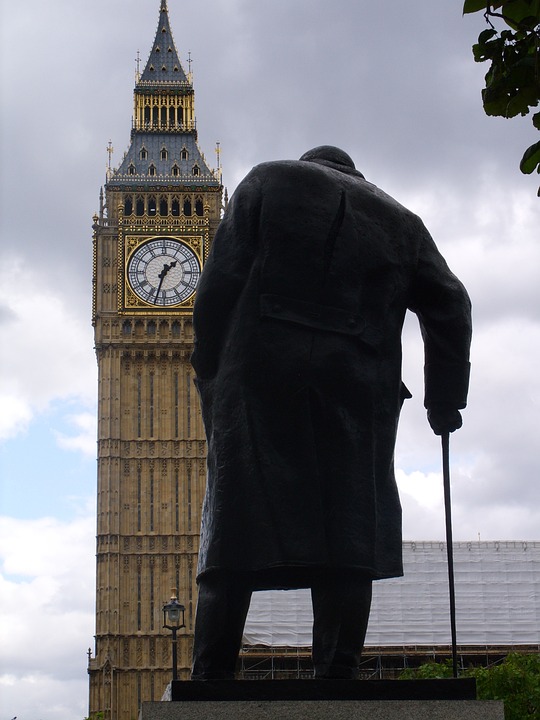A ‘Magic Bullet’ Loses Luster—Again
One of America’s “smelly orthodoxies” just edged closer to history’s dustbin.
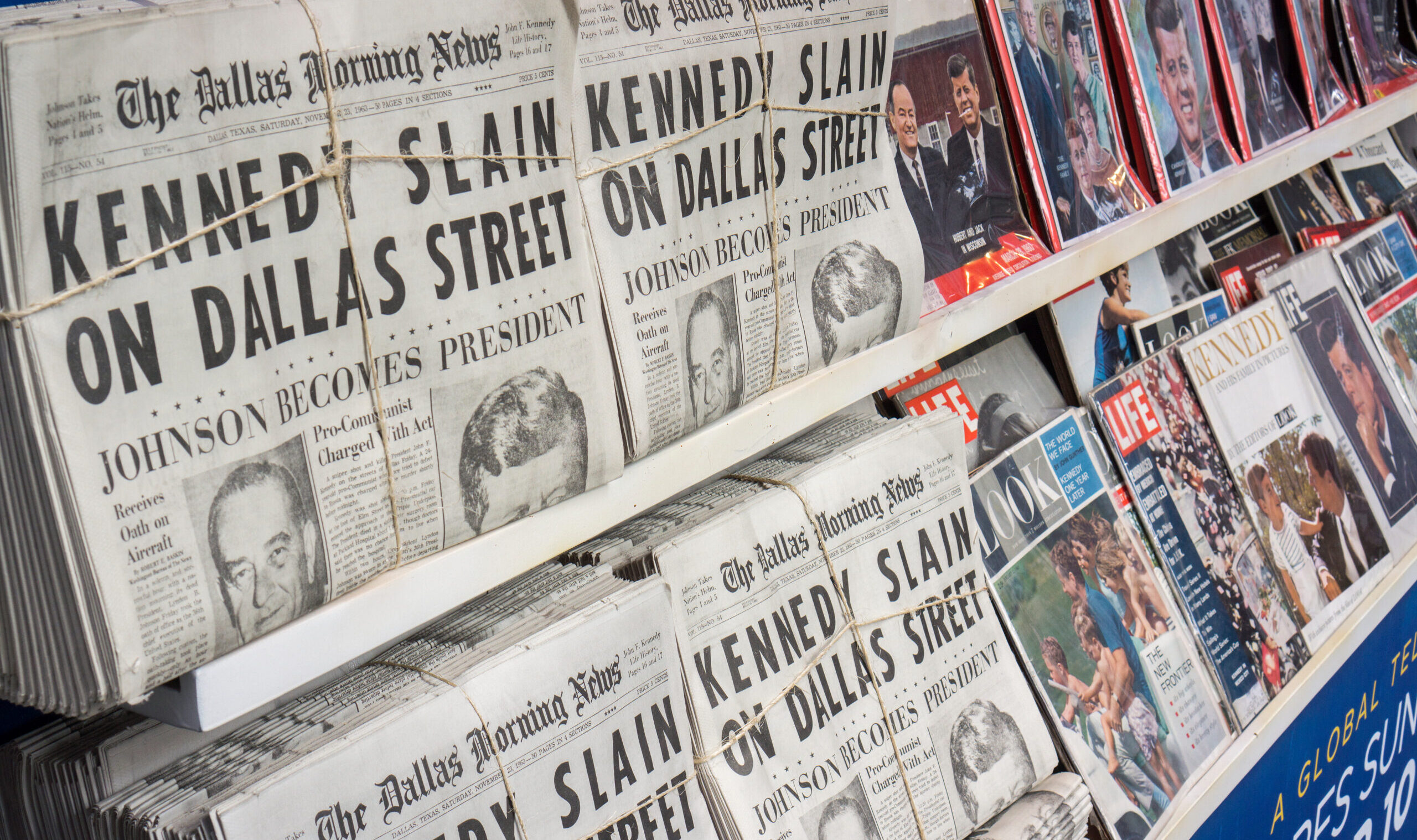
A surviving member of President John F. Kennedy’s Secret Service detail on November 22, 1963 has revealed something which, if true, discredits the official version of the assassination. Only 28 when he witnessed the brains of the 35th commander-in-chief blown out on a downtown Dallas street, Paul Landis was one of two agents assigned to protect the First Lady. The other, Clint Hill, was famously filmed running from the follow-up car, clambering onto the back of the slowed presidential limousine as Mrs. Kennedy crawled across the trunk to retrieve a piece of her husband’s head.
Landis claims that after JFK’s limo, X-100, reached Parkland Hospital, he and Hill were prying Jacqueline Kennedy from her husband’s still-breathing body when he noticed a bullet resting on top of the back seat. Fearing that an important piece of evidence might otherwise be lost or stolen, he put it in his pocket. Minutes later, inside the hospital, he discreetly dropped it near the feet of the dying president. The conventional account has always held that the bullet was discovered on the gurney of Texas Governor John Connally, also wounded in the shooting, after his body had been removed for trauma surgery. Landis says he is sure the bullet he found was Commission Exhibit 399 (CE 399), now in the National Archives.
A 400 page FBI report, issued seventeen days after the killing, said that Lee Harvey Oswald, perched on the sixth floor of his workplace overlooking the motorcade in Dealey Plaza, fired three rounds inside of six seconds from a WWI-vintage, bolt-action rifle. The first bullet had hit JFK, the second Connally, the third Kennedy again, the FBI said. But once the autopsy report came out, the President’s Commission on the Assassination of President John F. Kennedy (the “Warren Commission”) rejected this version, decreeing that two bullets alone had to account for all wounds to the two men. It turned out that a bystander, James Tague, standing at the west end of Dealey Plaza nearly two hundred yards from the “sniper’s nest” in the Texas School Book Depository (TSBD), had also been injured. Dallas police had found only three rifle cartridges in the “sniper’s nest,” compelling the Commission to limit the total number of shots to three—and to fulfill a White House national-security imperative to quash any hint of conspiracy.
FBI Director J. Edgar Hoover thought this a lot of nonsense. Indeed, to have struck the curb near Tague and thrown up the chip of concrete that hit his face, the second bullet (if fired from the “sniper’s nest”) would have flown bafflingly high over JFK’s car. Tague himself said he thought the shot had come from north of the square, west of the TSBD. But having received his marching orders—one assassin, three shots, two hits—Hoover fell in line. The version embraced overwhelmingly by American legacy media would conform to the Warren Report. It holds that Oswald’s first shot traversed JFK’s neck, continued through Connally’s rib cage and right wrist, and lodged, in near-pristine condition, in Connally’s left thigh. Oswald’s second shot supposedly missed the car completely, injuring Tague. His third and final shot hit JFK’s head.
The explanation of how a single bullet caused seven wounds to Kennedy and Connally is called, fittingly, the “Single Bullet Theory,” and to this day it looks every bit the scheme borne of necessity. Its author, ambitious attorney Arlen Specter, saw a chance to prove himself to the powers-that-were. Aware that a single gunman could not have fired separate shots at both men within the allotted time (the FBI version), and limited to three bullets, Specter conceived a scenario whereby one bullet had caused all non-fatal wounds to Kennedy and Connally but gone almost unscathed, despite shattering the governor’s ribs and wrist bone. It then supposedly “fell out” of the governor’s leg, to be found on a stretcher. That bullet, in Specter’s construct, was CE 399. Its miraculous look earned it the “Magic Bullet” moniker from critics.
Specter gained notoriety for browbeating witnesses, including medical doctors, into orally conceding the feasibility of his expedient theorem, and made sure their admissions entered the official record so that the case was a wrap. He had lots of help from authority, too. The Secret Service had whisked a vital element of the crime scene investigation—Kennedy’s limousine—out of Parkland and loaded it onto a C-130 military plane. Flown back to Andrews Air Force Base, X-100 was taken directly to the White House garage, remaining off limits even to the FBI until well after midnight.
The Secret Service, under the direct command of the new president, Lyndon Johnson, illegally removed JFK’s body from Parkland as well. Prevailing law demanded that the autopsy be performed in Texas, scene of the homicide, but it was instead conducted in Bethesda by military personnel, likewise all subject to Johnson’s immediate authority. Having little to no experience in autopsies involving gunshots, the navy and army doctors never dissected the wounds in Kennedy’s back and throat to determine bullet paths or trajectories, according to procedure. Thus, they never proved the two wounds were even connected inside JFK’s body, as Specter’s schematics required. They did, however, probe the back wound. One testified that a pinky finger wouldn’t even go in past the tip.
Amid decades of speculation about motives, means and opportunity among myriad opponents of Kennedy’s policies, the lion’s share of JFK assassination “conspiracy theory” (that mortal sin against Anglo-American political culture) stems simply from Specter’s implausible little formula. Absent Specter’s distinctive hypothesis, America’s approved history on the untimely demise of its youngest-ever chief executive collapses. Specter would eventually occupy a U.S. Senate seat for thirty years, but he is probably best remembered for consolidating his Single Bullet Theory as a key element of the official narrative, an Orwellian “smelly little orthodoxy” of American history. Spellbound by “Obamania,” Specter switched parties in 2009 to run as a Democrat the next year, resoundingly losing the nomination and dying a year later. But echoing down through the ages is the voice of John Connally, witness and victim, who was “convinced beyond any doubt” that he and Kennedy were not hit by the same bullet. Thus endures the widespread belief in America that more than one person was firing at the motorcade that fateful Friday.
From the time CE 399 was found, its chain of custody made it even more suspect than it already appeared. The slug changed hands at least five times on its way to Washington, each recipient duty-bound to document the time of receipt. An FBI lab analyst signed for receipt from an FBI agent at 7:30 PM on the evening of November 22, but that agent recorded receiving the slug from the Secret Service at 8:50 PM, an impossibility. The FBI told the Warren Commission its agents had identified CE 399 as the bullet they received, but the agent named in their report denied having ever handled it. Neither the hospital employee named as having found it, nor the hospital official he handed it to, said it resembled CE 399. But in the final analysis, all that matters amid the confusion is that if Landis is telling the truth about finding CE 399 in back of the car, then a different bullet pierced Connally’s torso, and the Single Bullet Theory is dead.
Having resigned from the Secret Service soon after the assassination, Landis now cites post-traumatic stress disorder as having deterred him from coming forward earlier. Having tried so long to erase the horrifying image of the President’s mortal injury from his mind’s eye, he says he began to question the soundness of his own memory over the years. This is both plausible and wholly human, and not surprisingly, some of his statements are inconsistent. Encouragingly, however, even the best-known living defender of the Warren Report, Gerald Posner, has resisted wholesale dismissal of Landis’s claims so far.
Sadly, neither the FBI nor the Warren Commission ever interviewed Landis, and the same went for innumerable other material witnesses. The omissions led dissenters to identify myriad eyewitness accounts that might have weakened the official lone-gunman verdict had they seen ink in the Warren volumes. What mainstream media coverage has yet to highlight is a deterrent to countless witnesses’s candor that may have applied no less to Landis sixty years ago, namely, fear.
It is natural to suppose many law enforcement officers would only reluctantly admit to a sense of terror at what might befall them and their loved ones for breaking silence over certain crimes. Hoover’s FBI, investigating the atrocity on the Warren Commission’s behalf, already had a decades-long reputation for strong-arming witnesses as a general police practice. Such methods likely continued during the JFK murder inquiry, even if Hoover’s G-men weren’t solely culpable for the improbably high number of unnatural and untimely witness deaths in subsequent years.
Now, a former U.S. security agent near the end of his ninth decade, in perhaps the last great and noble gesture of his long life, is helping to demolish, finally, a squalid version of U.S. history still mistrusted by a majority of Americans. Those of us inclined to believe in miracles feel we just might be witnessing one.
The post A ‘Magic Bullet’ Loses Luster—Again appeared first on The American Conservative.
Shop For Night Vision | See more…
Shop For Survival Gear | See more…
-
Sale!
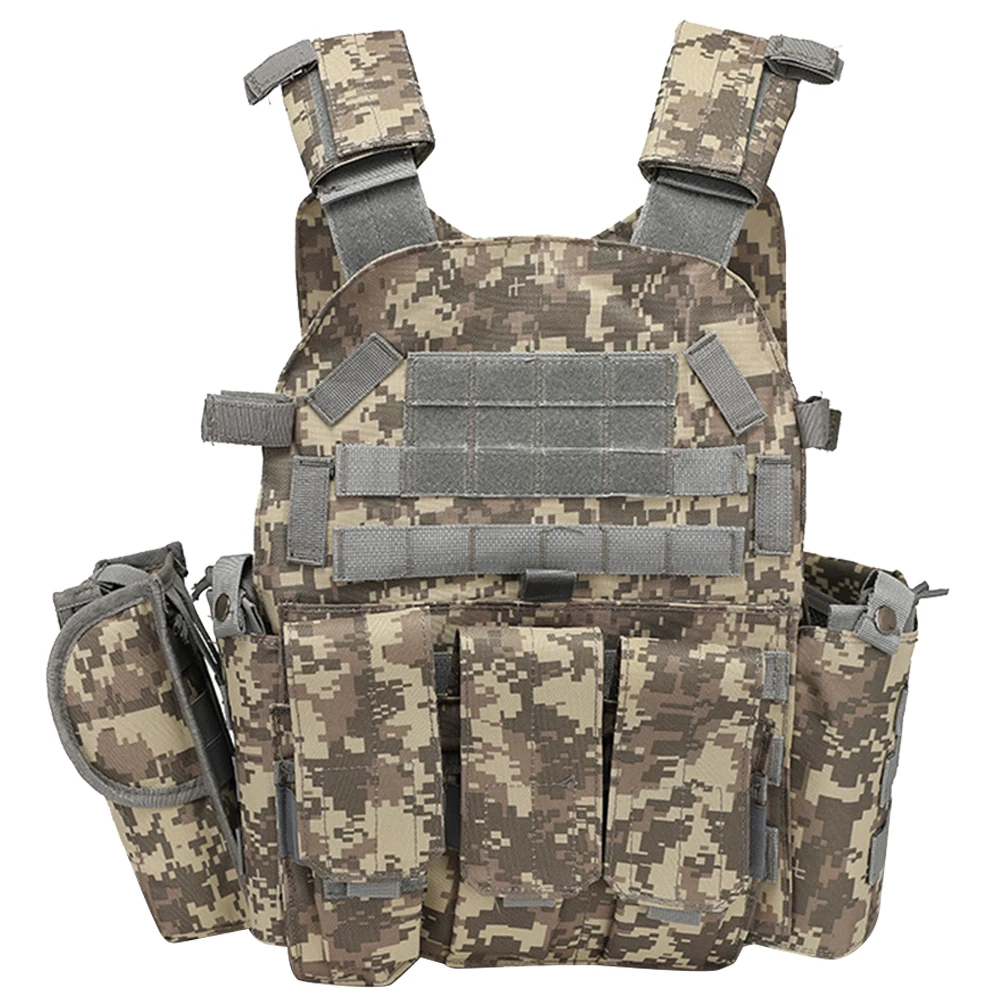
Tactical Camo Nylon Body Armor Hunting Vest With Pouch
Original price was: $49.99.$39.99Current price is: $39.99. Select options This product has multiple variants. The options may be chosen on the product page -
Sale!

Mesh Shooting Hunting Vest with Multi Pockets
Original price was: $59.99.$39.99Current price is: $39.99. Add to cart -
Sale!

Japanese 6 inch Double Edged Hand Pull Saw
Original price was: $19.99.$9.99Current price is: $9.99. Add to cart

